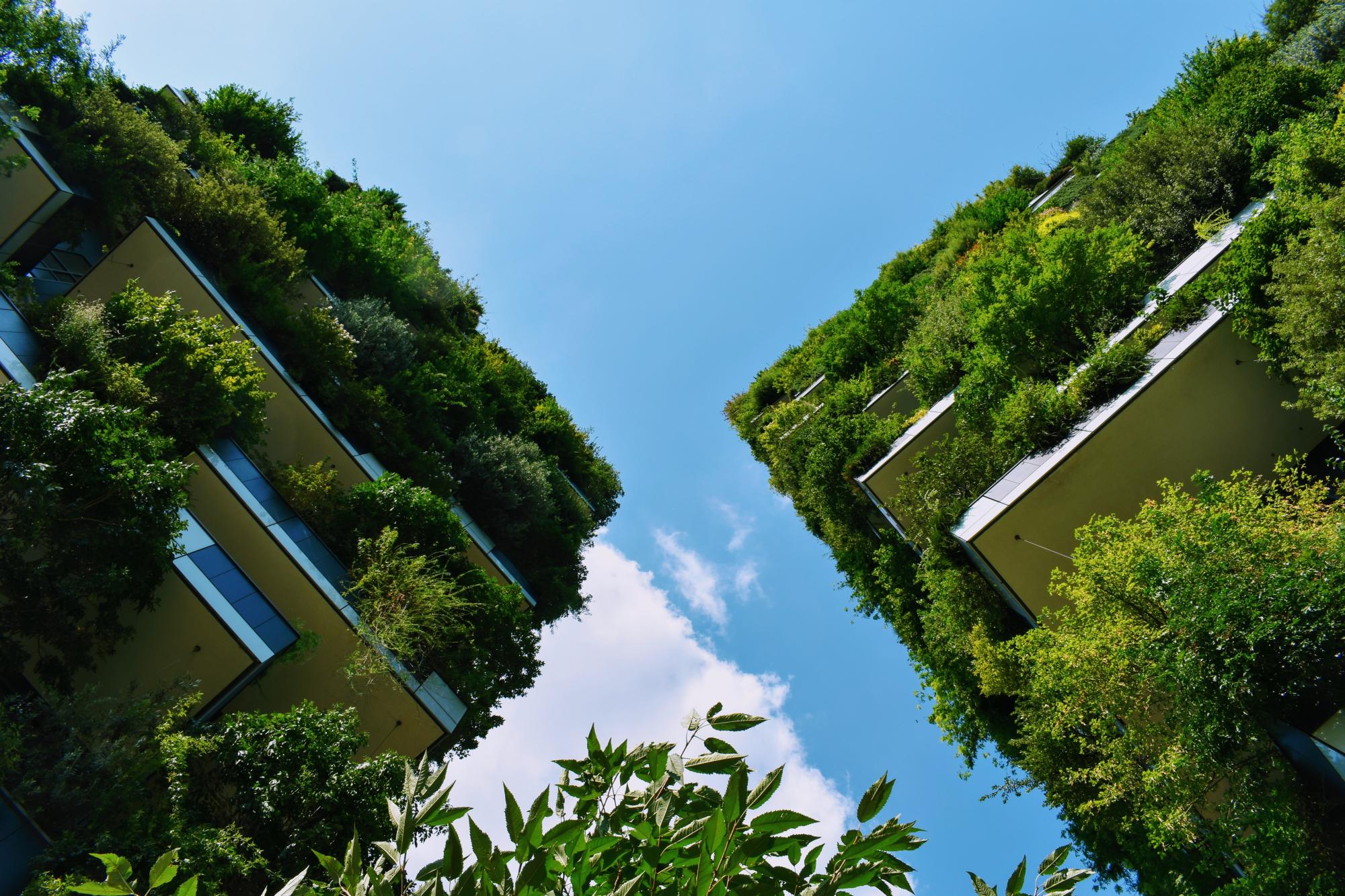A 7-hectare pilot public project, the Tebet Eco park is located in South Jakarta in a neighbourhood that is densely populated. Previous to the intervention the park was in an acute state of deterioration and prone to floods as well as ecological degradation, as the park is streamed by a river which made it only more susceptible to heavy rains. As such, the municipal authorities of Jakarta planned to revitalize the area by " increasing the hydraulic capacity of existing canal, improving site-wide pedestrian connectivity, and adding new recreation program". This meant that the park was transformed by planting and conserving new and older trees, as well as using vegetation and natural embankments. Furthermore, the implementer planted riparian vegetation to improve water quality by filtering and cleansing surrounding runoff, which also enhanced the site's biodiversity. Besides these elements, a thematic garden, a forest buffer, and a community garden were implemented complementing the entire eco-design that the park aimed for. The park's rehabilitation focused greatly on the human element as it was paramount to provide maximum benefits for park users, the surrounding natural habitats and species, as well as increasing the land value of the area. (2,3,7)
Overview
Nature-based solution
- Blue infrastructure
- Rivers/streams/canals/estuaries
- Grey infrastructure featuring greens
- Riverbank/Lakeside greens
- Parks and urban forests
- Large urban parks or forests
Key challenges
- Climate action for adaptation, resilience and mitigation (SDG 13)
- Climate change adaptation
- Green space, habitats and biodiversity (SDG 15)
- Habitat and biodiversity restoration
- Habitat and biodiversity conservation
- Green space creation and/or management
- Water management (SDG 6)
- Flood protection
- Stormwater and rainfall management and storage
- Improvements to water quality
- Health and well-being (SDG 3)
- Creation of opportunities for recreation
Focus
Project objectives
Implementation activities
Climate-focused activities
Climate change adaptation:
- Renaturalization of rivers and other water bodies
- Increase the use of climate-resilient plant species (resistant to drought, fire, and pests)
Biodiversity conservation or restoration-focused activities
Biodiversity conservation:
- Protect and enhance urban habitats
- Preserve and strengthen existing habitats and ecosystems
- Reduce negative impacts and avoid the alteration/damage of ecosystem
- Means for conservation governance
- Public engagement
Biodiversity restoration:
- Rehabilitate and restore damaged or destroyed ecosystems
- Restore ecological connectivity
- Public engagement
Main beneficiaries
- Local government/Municipality
- Citizens or community groups
Governance
Management set-up
- Government-led
Type of initiating organisation
- Local government/municipality
Participatory approaches/ community involvement
- Dissemination of information and education
- Consultation (e.g. workshop, surveys, community meetings, town halls)
- Citizen science
Details on the roles of the organisations involved in the project
Project implemented in response to ...
Financing
Total cost
Source(s) of funding
- Public local authority budget
Type of funding
- Direct funding (grants, subsidies, or self-financed projects by private entities)
Non-financial contribution
Impacts and Monitoring
Environmental impacts
- Water management and blue areas
- Increased protection against flooding
- Green space and habitat
- Increased green space area
- Increased conservation or restoration of ecosystems
- Increased number of species present
Economic impacts
- Unknown
Socio-cultural impacts
- Social justice and cohesion
- Improved access to urban green space
- Health and wellbeing
- Gain in activities for recreation and exercise
Type of reported impacts
Presence of formal monitoring system
Presence of indicators used in reporting
Presence of monitoring/ evaluation reports
Availability of a web-based monitoring tool
References
2. Bumi Journey (no date), Tebet Eco Park: Where Nature and People Coexist in Perfect Harmony, available at Source link (accessed 27-2-2023)
3. World Architecture Festival (2022), Tebet Eco Park, available at Source link (accessed 27-2-2023)
4. Wikipedia (no date), Tebet Eco Park, available at Source link (accessed 27-2-2023)
5. Antara Indonesian News Agency (2022), Between park and garden in Jakarta, available at Source link (accessed 27-2-2023)
6. DailyNews Indonesia (2022), New Eco Urban Park in Tebet, available at Source link (accessed 27-2-2023)
7. Siura Studio (no datę), Tebet Eco Park, available at Source link (accessed 27-2-2023)
8. Detik Travel (2022), Tebet Eco Park, Referensi Tempat Healing baru untuk Warga Jakarta, available at Source link (accessed 27-03-2023)
9. Yulita Suryantari, Hubertina Karolina Ngarbingan, Anisa Zahwa Akbara (2022), Tebet Eco Park’s potential as a new green open space in South Jakarta, Indonesia: an analysis, available at Source link (accessed 27-03-2023)
















